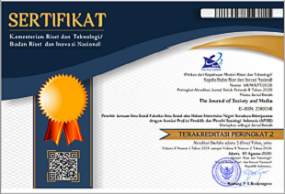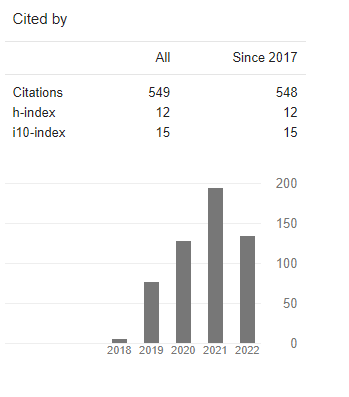ETNOGRAFI VIRTUAL SEBAGAI TEKNIK PENGUMPULAN DATA DAN METODE PENELITIAN
DOI:
https://doi.org/10.26740/jsm.v2n2.p130-145Keywords:
ethnography, virtual ethnography, qualitative research methodsAbstract
Salah satu teknik pengumpulan data sekaligus metode analisis terbaik untuk meneliti masyarakat adalah etnografi. Berbagai karya tulis yang terbit mengenai etnografi, seringkali memunculkan perdebatan mengenai definisi etnografi.
Pandangan yang paling umum mengatakan bahwa etnografi sebagai salah satu metode penelitian dalam ilmu antropologi. Sedangkan pandangan lain menyebut etnografi sebagai seperangkat metode, strategi penelitian, paradigma, atau bahkan kerangka pikiran. Namun ada kesamaan dari semua pendapat itu, bahwa jika kita bicara etnografi, maka kita membicarakan sejumlah catatan dan cara menulis catatan tentang masyarakat.
Studi pustaka ini bertujuan memberikan kemudahan kepada khalayak untuk memahami persamaan dan perbedaan antara etnografi konvensional, etnografi internet dan etnografi virtual. Serta memahami bagaimana prosedur melakukan penelitian etnografi virtual
References
Downloads
Published
How to Cite
Issue
Section
 Abstract views: 10763
,
Abstract views: 10763
, PDF Downloads: 33793
PDF Downloads: 33793












